Discover the Great Pyramids of Giza, home to the last surviving Wonder of the Ancient World. Experience the magnificent Great Pyramid of Khufu, the mysterious Sphinx, and 4,500 years of ancient Egyptian civilization in the world's most iconic archaeological site.
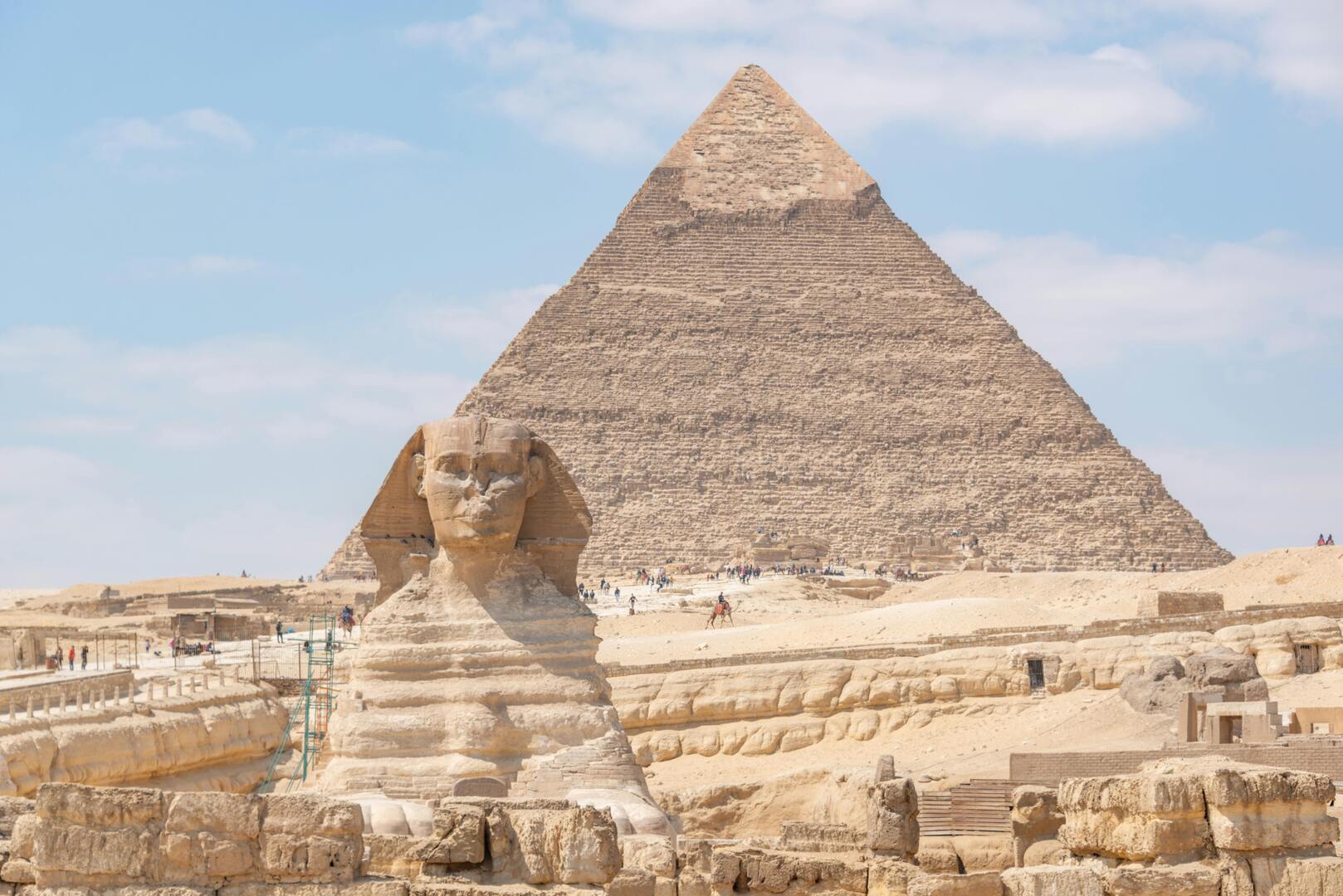
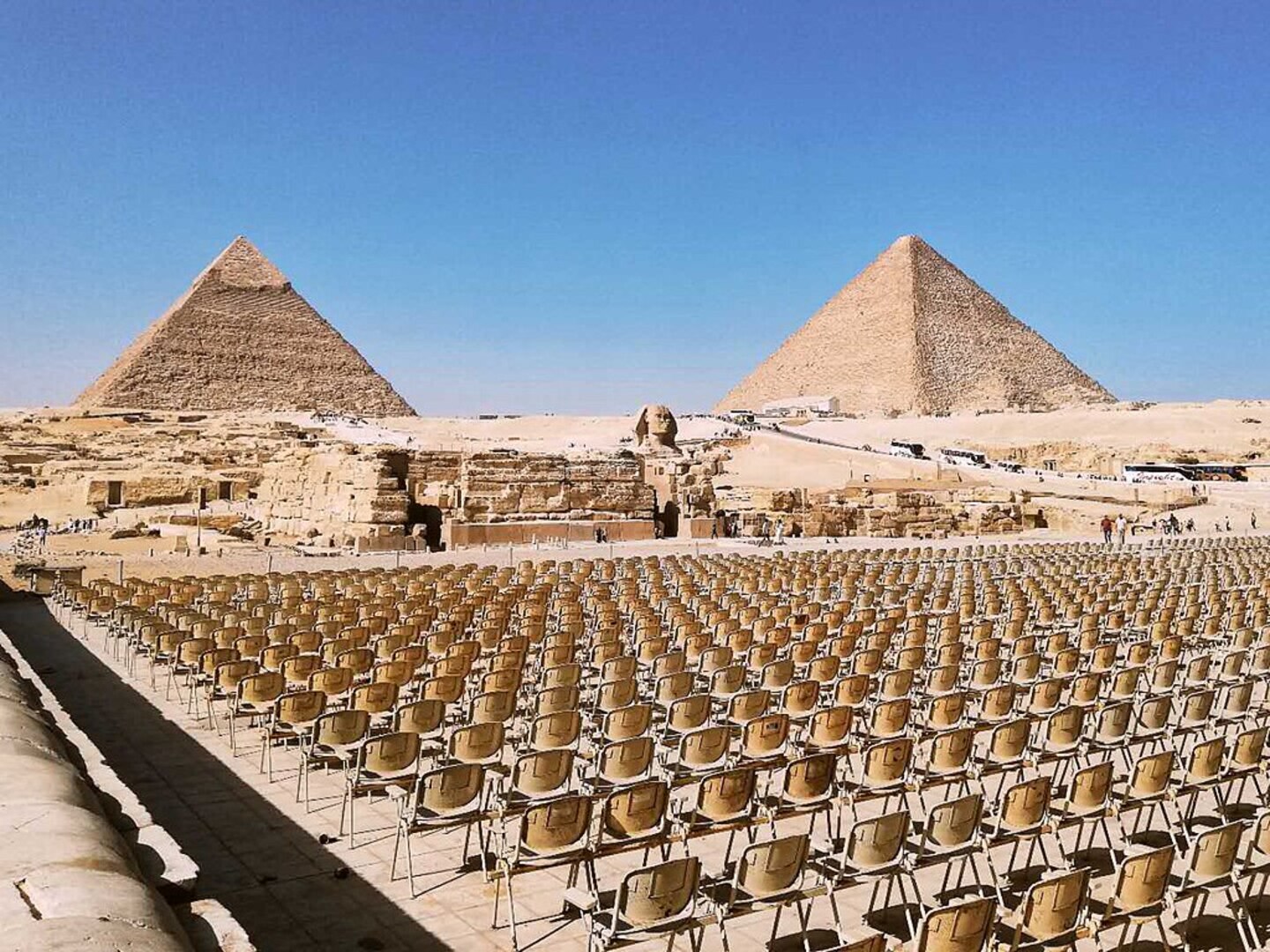
Comprehensive guided exploration of all three main pyramids, the Great Sphinx, and Valley Temple. Discover ancient Egyptian engineering marvels, royal burial chambers, and millennia-old mysteries with expert Egyptologist guides and skip-the-line access.
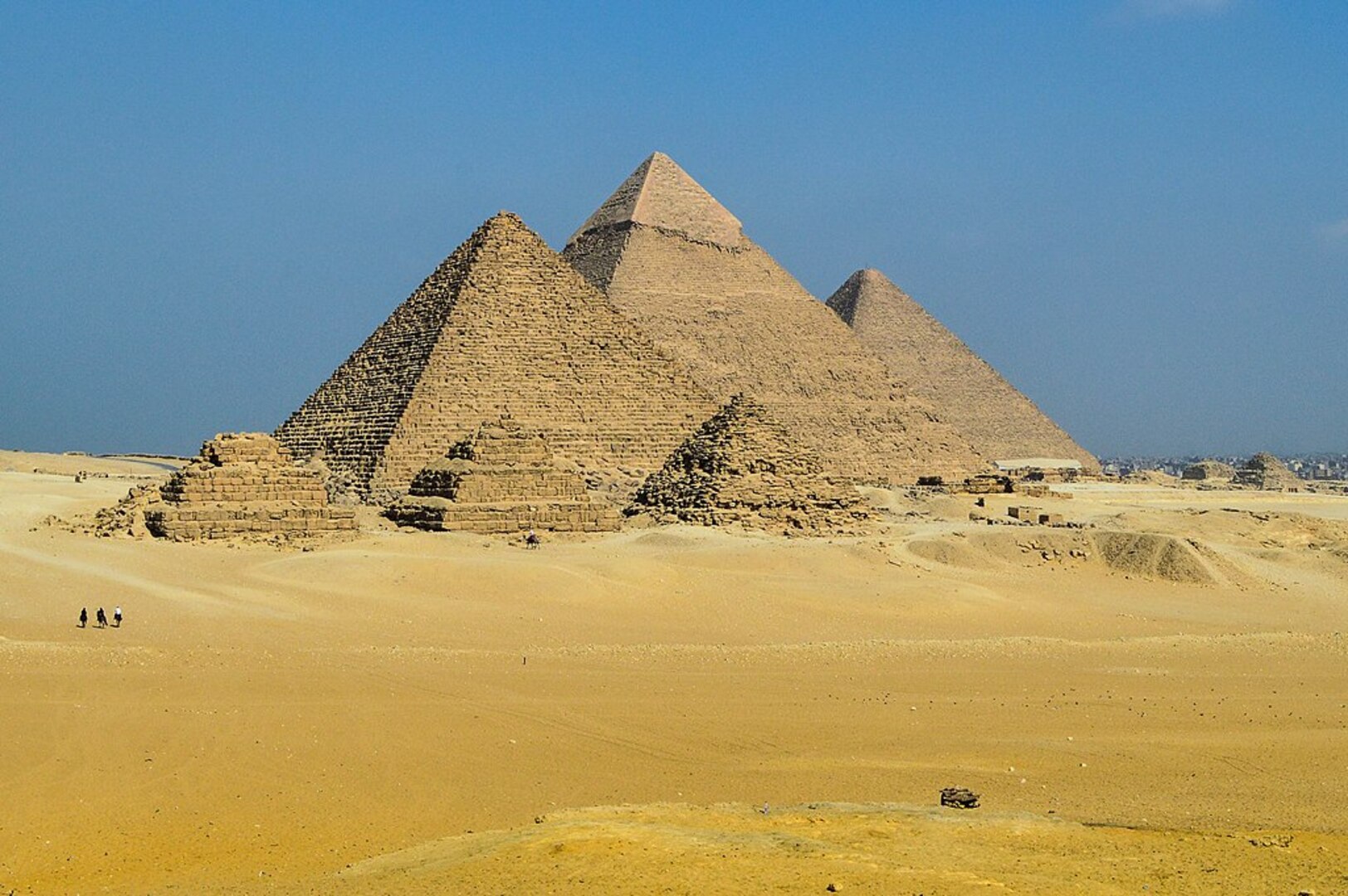
Direct access to the Great Pyramid complex with self-guided exploration options. Experience the inner chambers of Khufu's pyramid, visit the Sphinx up close, and enjoy panoramic views from the pyramid plateau at your own pace.
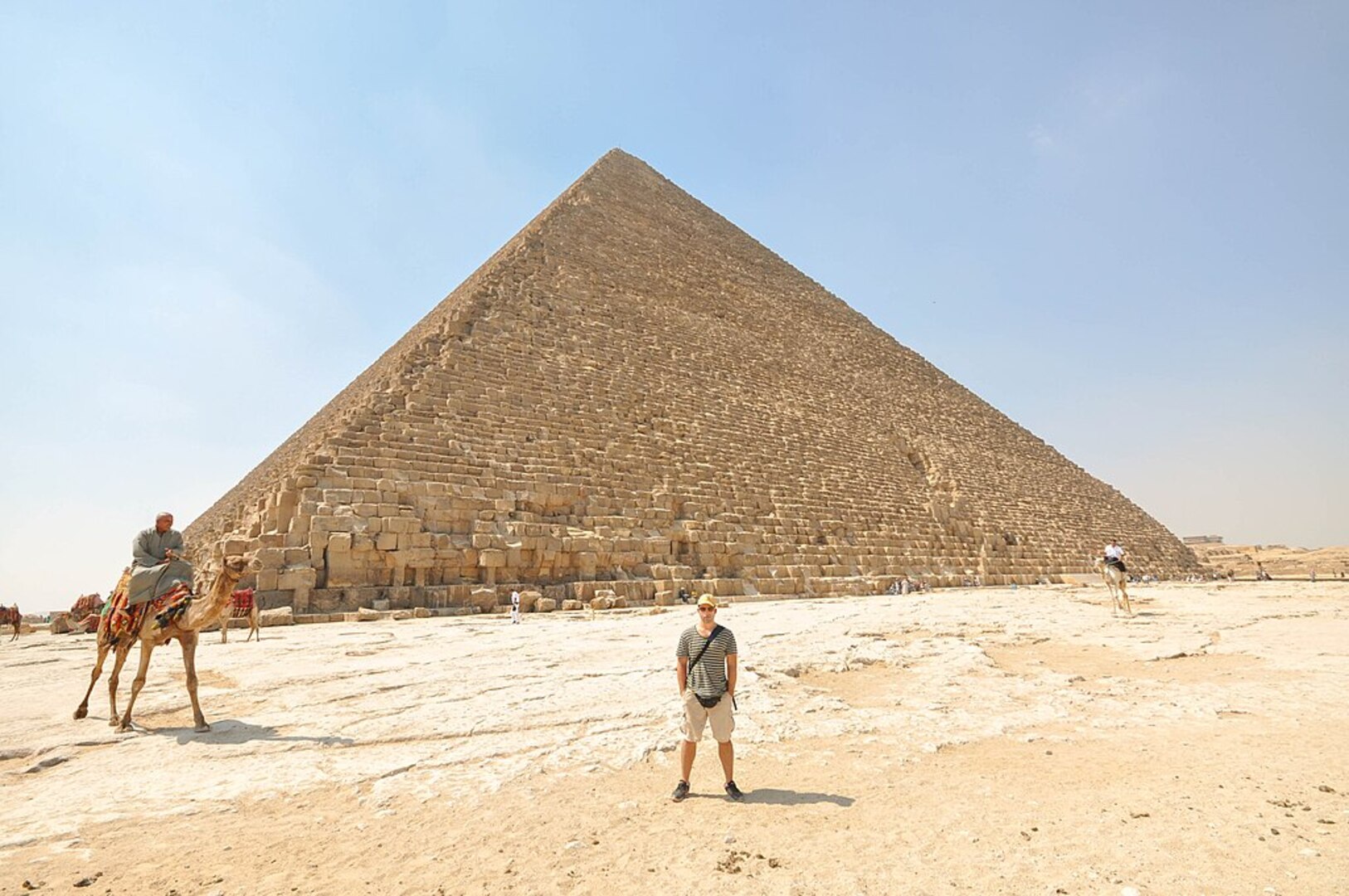
Exclusive private tour experience with dedicated Egyptologist guide, traditional camel ride, and premium access to restricted archaeological areas. Enjoy personalized attention, flexible timing, and in-depth exploration of hidden chambers and ancient secrets.
The Great Pyramids of Giza stand as humanity's most enduring monument to ancient engineering and ambition. Built over 4,500 years ago during Egypt's Fourth Dynasty, these magnificent structures represent the pinnacle of Old Kingdom achievement and remain the only surviving Wonder of the Ancient World.
The Great Pyramid of Khufu, originally standing at 146.7 meters tall, was the world's tallest man-made structure for over 3,800 years. Alongside the pyramids of Khafre and Menkaure, and the enigmatic Great Sphinx, this complex continues to captivate millions of visitors with its mathematical precision, astronomical alignments, and enduring mysteries.
Today, modern archaeological research reveals new secrets about these ancient tombs, while visitors can explore the inner chambers, witness the grandeur of pharaonic burial sites, and experience the profound spiritual significance of this UNESCO World Heritage site that has inspired wonder for millennia.
Discover History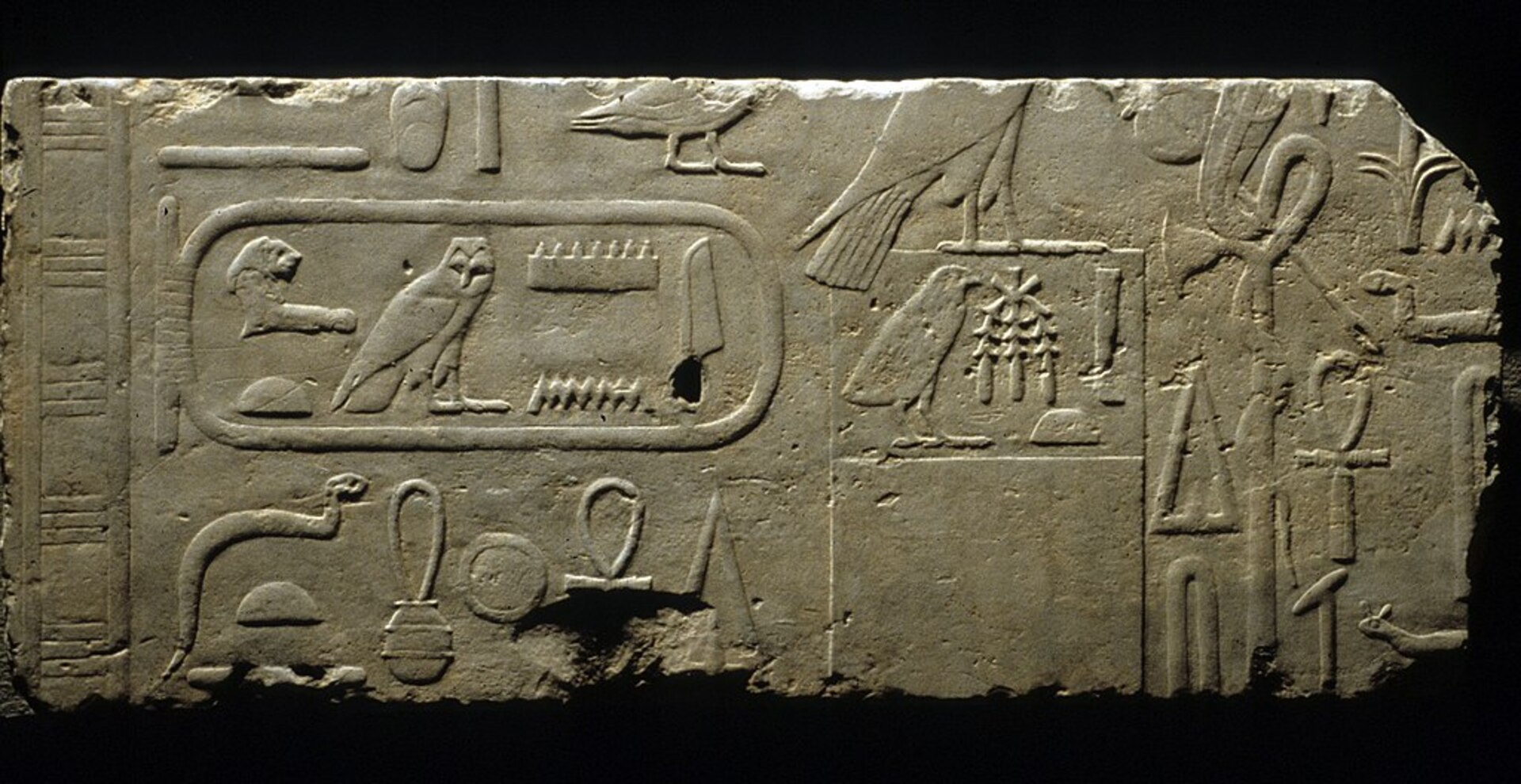
Experience the only surviving Wonder of the Ancient World, standing for over 4,500 years. Witness architectural precision that continues to astound modern engineers and discover the advanced civilization that created these monumental tombs.
Explore recently discovered chambers and ongoing archaeological mysteries. Enter the inner passages of pharaonic tombs, study ancient hieroglyphs, and learn about cutting-edge research revealing new secrets of pyramid construction.
Connect with humanity's shared heritage at this UNESCO World Heritage site. Experience the profound spiritual atmosphere of ancient burial grounds and witness the eternal resting places of legendary pharaohs who shaped civilization.
Capture once-in-a-lifetime moments at the world's most recognizable monuments. From sunrise over the pyramids to intimate encounters with the Great Sphinx, create memories that connect you to thousands of years of human wonder.
c. 2580-2510 BCE - Fourth Dynasty Construction: The three main pyramids are built during Egypt's Old Kingdom. The Great Pyramid of Khufu, constructed around 2580 BCE, represents the pinnacle of pyramid-building technology and remains the largest pyramid ever built.
c. 2500 BCE - The Great Sphinx: Carved from a single limestone outcrop during Khafre's reign, the Great Sphinx becomes an eternal guardian of the necropolis. Its human head and lion body symbolize royal power and divine protection.
Ancient World Recognition: Greek historians, including Herodotus in 450 BCE, document the pyramids as one of the Seven Wonders of the Ancient World. They remain the only wonder to survive virtually intact to the present day.
Medieval to Modern Exploration: Napoleon's 1798 Egyptian campaign sparks European interest in Egyptology. The 19th and 20th centuries bring systematic archaeological exploration, revealing burial chambers, artifacts, and construction techniques.
Present Day - Archaeological Discovery: Modern technology continues to unlock pyramid secrets with cosmic-ray imaging revealing hidden chambers, 3D scanning preserving details, and ongoing research expanding our understanding of ancient Egyptian civilization.
Explore pyramid highlights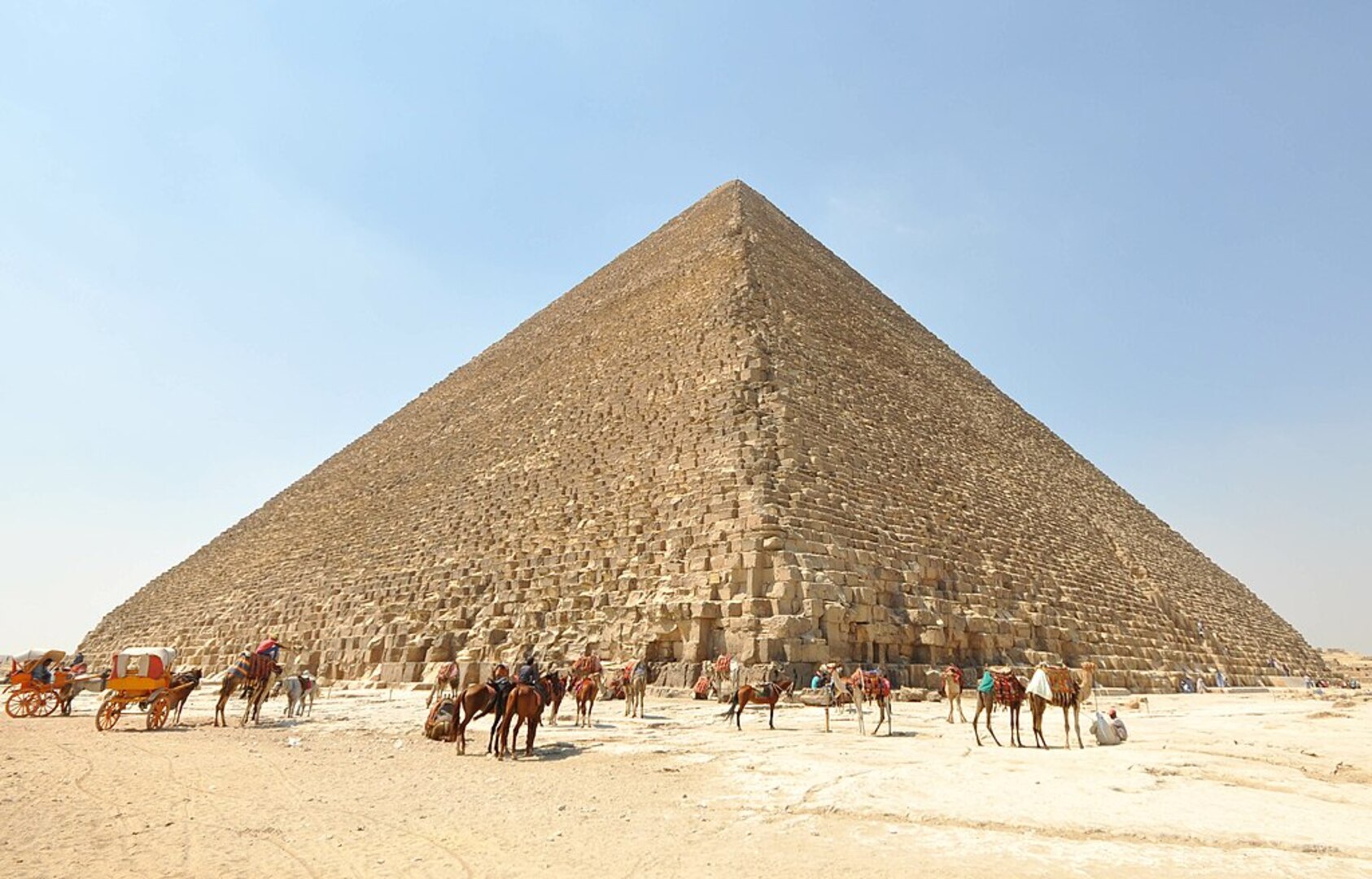
Enter the last remaining Wonder of the Ancient World, originally standing 146.7 meters tall. Explore the inner chambers including the King's Chamber, Grand Gallery, and Queen's Chamber, and witness the precision engineering that has astounded visitors for millennia.
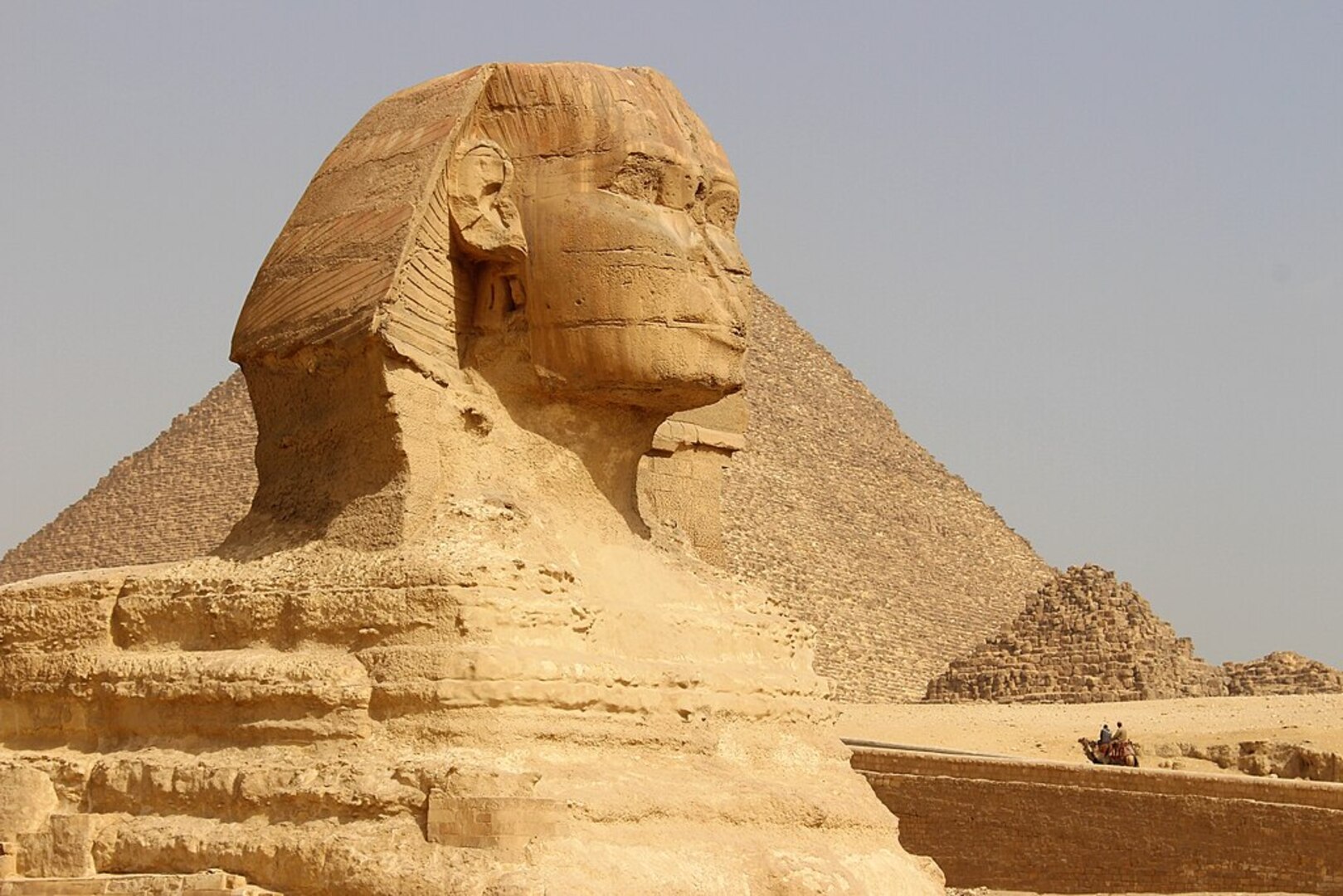
Stand before the enigmatic limestone guardian with a human head and lion's body, carved around 2500 BCE. Measuring 73 meters long and 20 meters high, this ancient monument continues to pose unsolved mysteries about its construction and purpose.
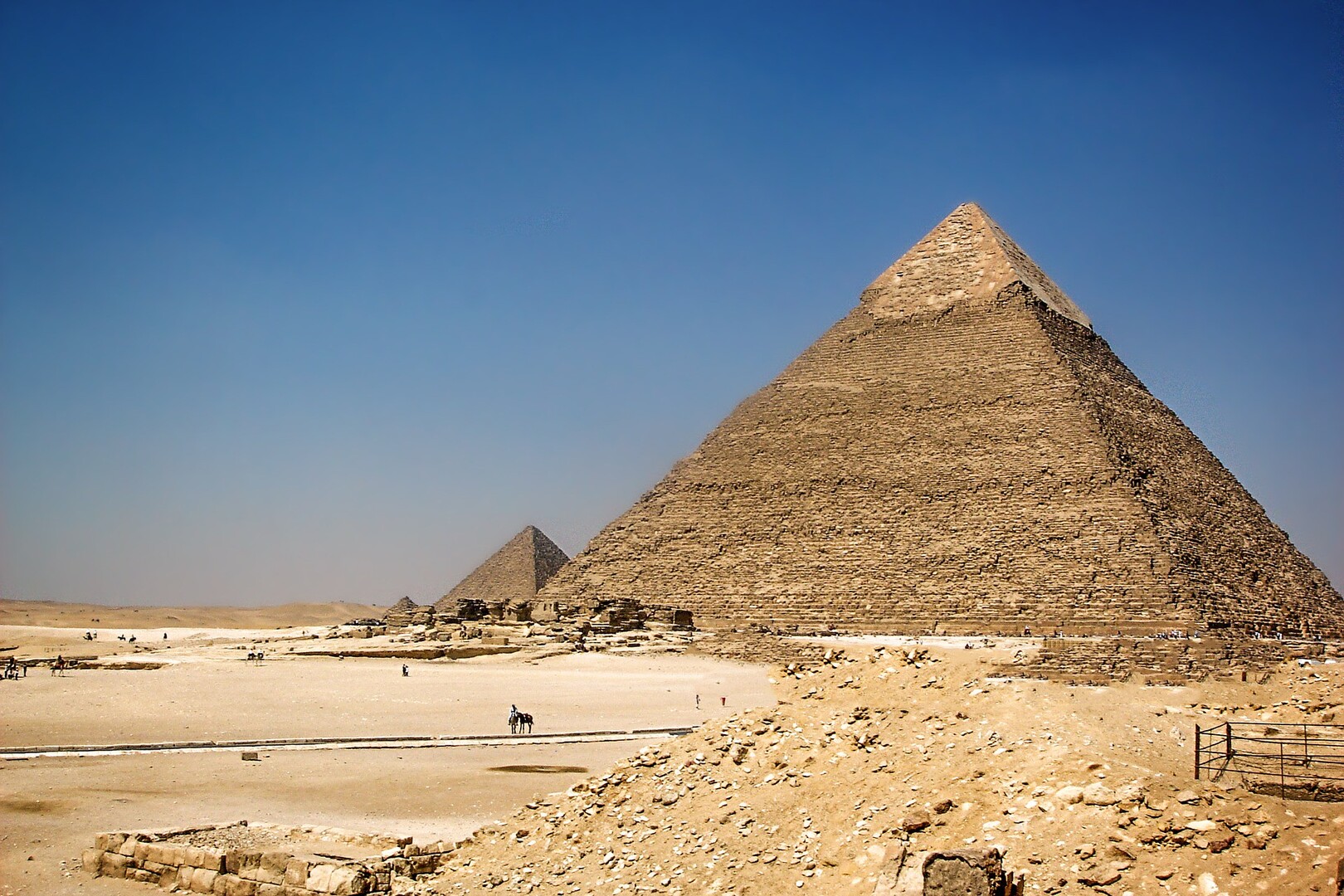
Discover the complete royal necropolis with the pyramids of Pharaohs Khafre and Menkaure. Khafre's pyramid retains its original limestone casing at the peak, while Menkaure's smaller but equally impressive pyramid showcases different construction techniques.
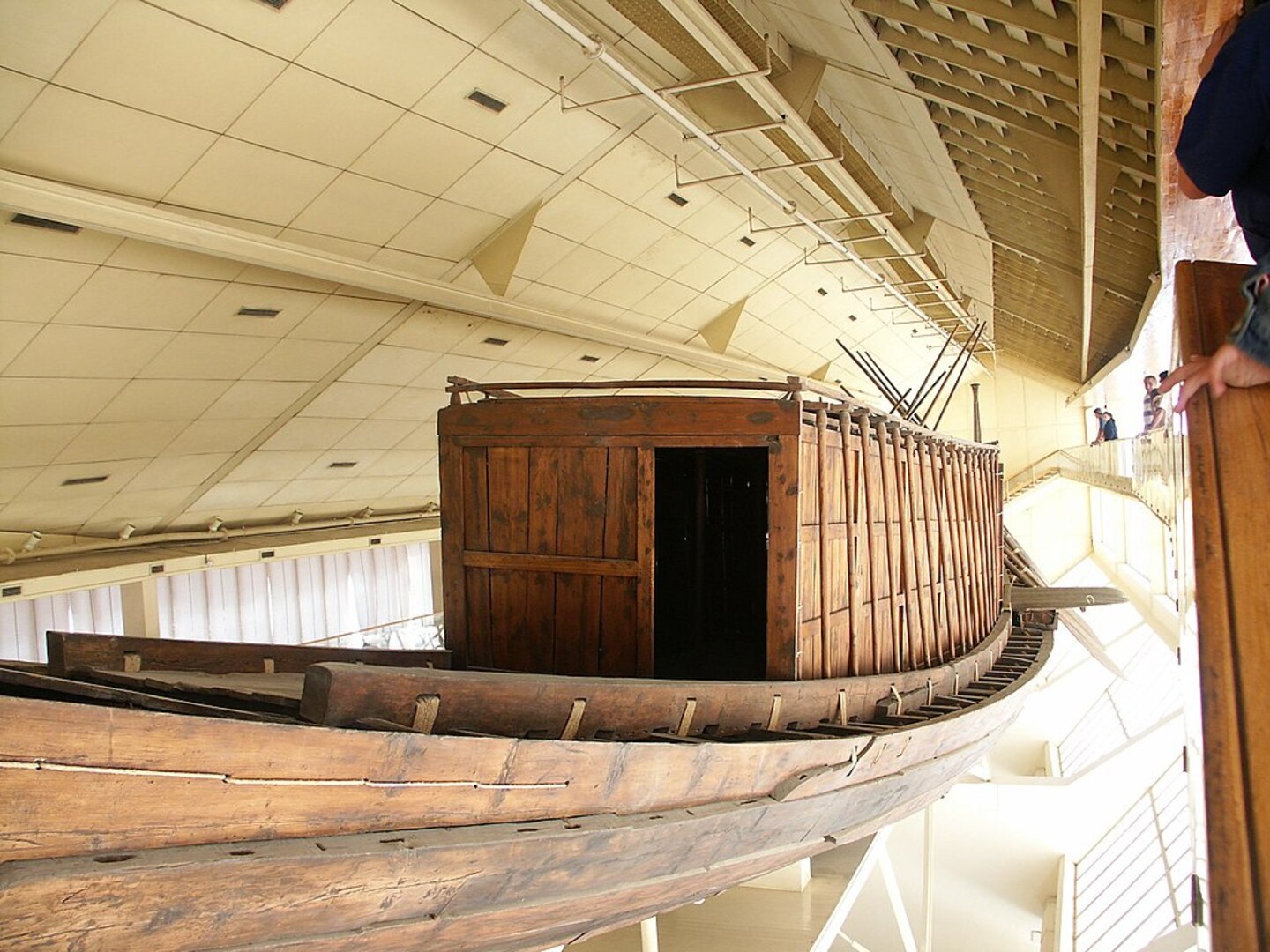
Explore the remarkably preserved Valley Temple of Khafre with its massive granite blocks and mysterious chambers. Visit the Solar Boat Museum housing Khufu's reconstructed 4,500-year-old cedar ship, intended for the pharaoh's journey to the afterlife.
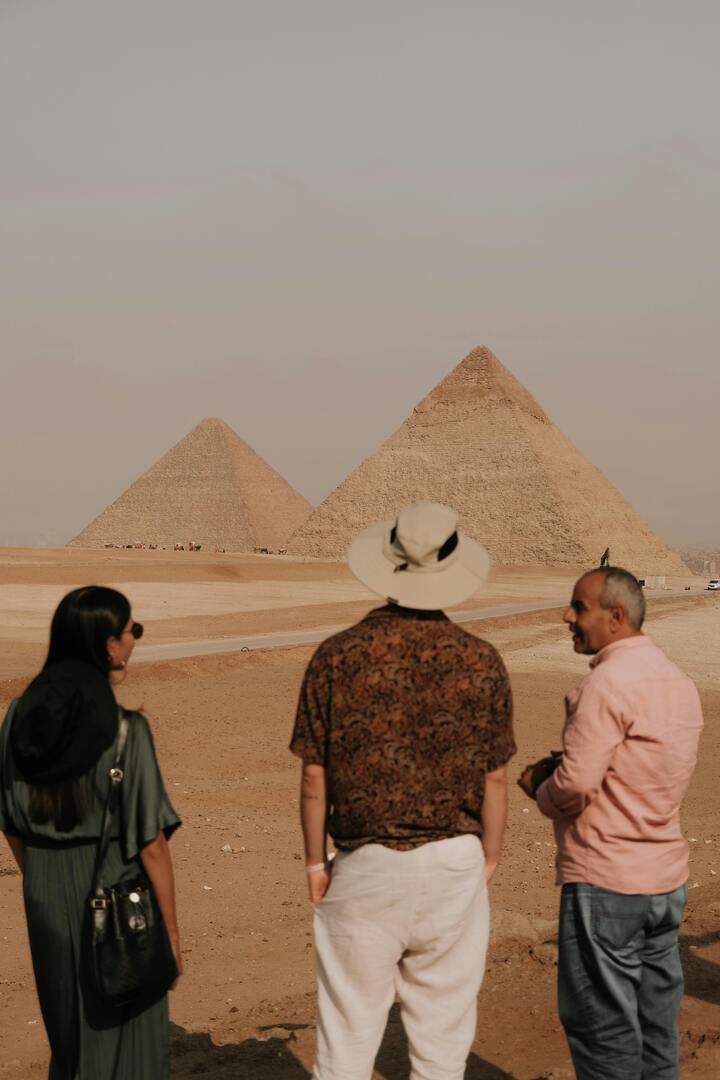
Make the most of your pyramid experience with these essential planning tips:
Location: Giza Necropolis, Giza Governorate, Egypt
Nearest Airport: Cairo International Airport (CAI) - 45 min to pyramids • Sphinx International Airport (SPX) - 30 min to pyramids
Coordinates: 29°58'45"N 31°08'03"E
The Great Pyramids of Giza are located on the Giza plateau, approximately 20 kilometers southwest of Cairo, Egypt's capital. This UNESCO World Heritage site sits on the edge of the Western Desert, overlooking the fertile Nile River valley. The strategic location was chosen by ancient Egyptians for its elevated position, limestone bedrock, and proximity to Memphis, the Old Kingdom capital.
Allow half a day minimum to see the main pyramids and Sphinx. A full day enables exploration of all pyramids, interior chambers, and museums with sunset views. Two days allows in-depth visits, nearby Memphis and Saqqara, and multiple pyramid entries for a comprehensive ancient Egypt experience.
Most tourists need a visa to visit Egypt, available on arrival at Cairo Airport or online in advance. Visa costs approximately $25 USD for most nationalities. Your passport must be valid for at least 6 months from entry date. Check current requirements for your specific country before travel.
Yes! The pyramids offer fascinating experiences for children with wide open spaces and impressive monuments. However, climbing inside pyramid chambers involves steep, narrow passages that may challenge very young children. Outdoor areas, Sphinx viewing, and camel rides are perfect for families of all ages.
October to April offers the best weather with comfortable temperatures (15-25°C). Summer months (May-September) can be extremely hot (35-40°C) but have fewer crowds. Early morning or late afternoon visits provide optimal lighting for photography and cooler temperatures for exploration.
English is widely spoken at tourist sites around the pyramids. Most guides, ticket sellers, and tour operators speak English. Basic Arabic phrases are appreciated but not necessary. Signs are often in Arabic and English. Download a translation app for interactions with local vendors.
Dress modestly with covered shoulders and knees, especially at religious sites. Haggling is expected at markets and with vendors. Tipping (baksheesh) is customary for guides and service providers. Photography is allowed at most areas but may require additional fees inside pyramids. Respect local customs and Islamic traditions.
Essential items include sun protection (hat, sunscreen, sunglasses), comfortable walking shoes, plenty of water, and light, modest clothing. Bring a camera with extra batteries, Egyptian pounds for tips, and a small backpack. Consider a flashlight for pyramid interiors and wet wipes for dusty conditions.